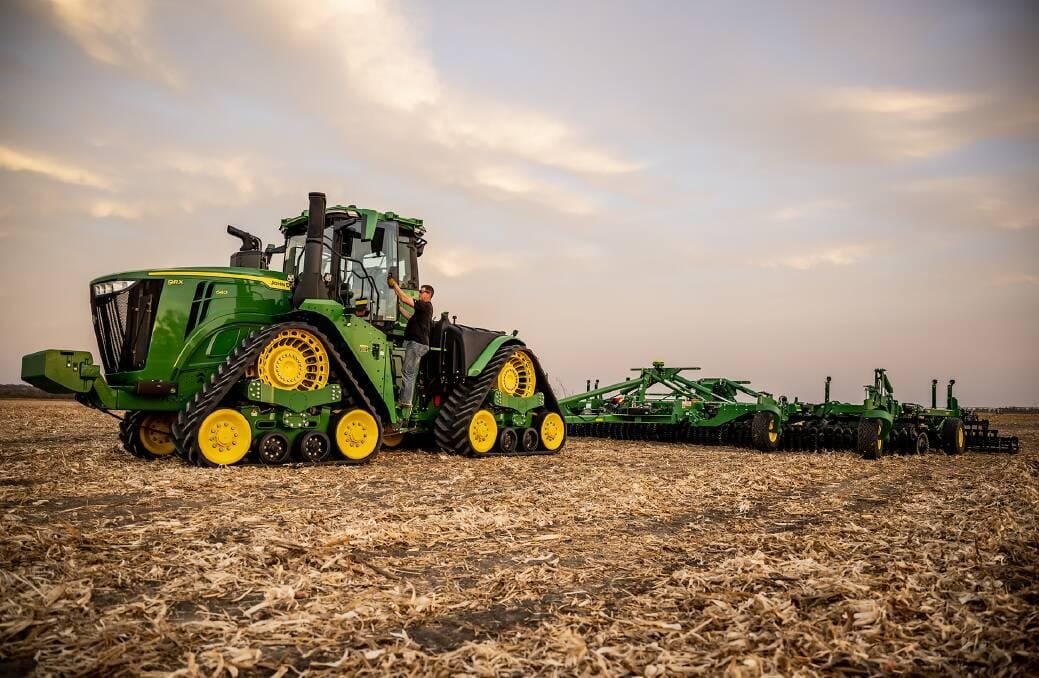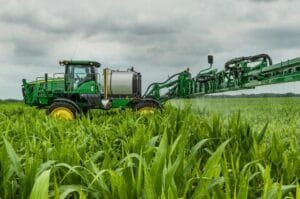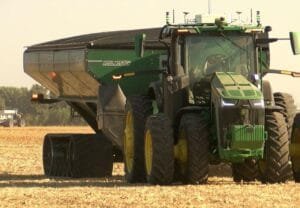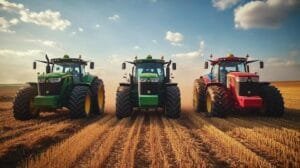The agricultural sector, long reliant on tradition and incremental progress, is witnessing an unexpected acceleration toward autonomy. Recently, an alliance between key players in farm machinery manufacturing and digital innovation has set in motion a collaborative venture intent on transforming tractor technology. Unlike earlier lone-wolf approaches to machinery development, this new partnership leverages cross-disciplinary expertise—often involving robotics engineers mingling with soil scientists in the same brainstorming sessions.
In its purest form, an autonomous tractor constitutes a vehicle capable of executing agricultural tasks independently—no operator perched atop the seat with sweaty palms as harvest time looms. These machines are guided remotely or navigate predetermined routes using GPS-based algorithms. Automated guidance systems report granular data back to farm headquarters while intricate sensors direct columns of steel across fields otherwise untouched by human boots at that hour.
Farm productivity receives a unique boost through such collaboration; when one contemplates how multiple autonomous tractors operate around the clock, it quickly becomes apparent how conventional bottlenecks begin to dissolve. Dairy operations provide an illustrative case: herds need attention at all hours—cows don’t observe business hours. By running feeders and sprayers well beyond sunset (and ignoring even thick fog), these autonomous units nudge milk yields higher simply because everything stays timely.
Nevertheless, innovation’s path isn’t paved smooth—not even close. Labor shortages have stalked rural communities for decades, as mechanical work often carries reputational baggage: tedious tasks easily swapped for something more invigorating elsewhere. Autonomous tractors offer relief here by enabling one seasonally exhausted operator to manage several machines simultaneously from afar—a vision compared humorously by some farmers to conducting livestock with nothing but a whistle and a smartphone app.
People unfamiliar might underestimate another crucial aspect: reduced operator exposure results in fewer injuries or misadventures typical on large farms. As repetitive jobs become programmable routines for tracked AGVs (Automated Guided Vehicles), those working alongside them gain valuable digital skills transferrable well beyond agriculture’s reach—a sideways benefit not universally acknowledged yet significant nonetheless.
The emerging consortium isn’t merely concerned with physical machinery assembly lines; much of their sweat equity lies within software ecosystems guiding sensor-laden platforms over fields pockmarked by seasonal inconsistencies. Consider that weather throws dice—and sometimes throws them out the window entirely—but robust machine learning models adapted from unrelated industries now allow communication between ground moisture monitors and harvesting schedules that would seem eccentric fifteen years earlier.
Retrofit solutions also play into this technical mosaic elegantly. Companies like Sabanto enable legacy machines already resident in barns worldwide to undergo metamorphosis into self-driving units without requiring farms to start anew. There’s something quietly poetic about old iron gaining neural smarts overnight through bolt-on autonomy kits—it disrupts both expectations and depreciation schedules without flashy headlines necessary every time someone mentions AI agriculture tools at farming expos.
Strange as it sounds given today’s abundant buzzwords circling this domain like persistent crows above newly cut hayfields, not everyone embraces every facet equally each year either—the cost calculus shifts depending whether fuel prices rise or commodity prices slacken unexpectedly thanks to droughts two continents distant from your fieldgate.
Environmental considerations drift naturally into these discussions; after all, precision application of seeds and fertilizers using data-driven directives slashes input waste while nourishing sustainability narratives politicians love—or occasionally ignore during tight election cycles despite surging public concern over climate volatility. One irony persists though: increased machine intelligence sometimes means local knowledge must take a back seat or stray outfield altogether if algorithms overfit last year’s optimal yield instead of adapting cleverly mid-harvest when conditions shift beneath wheels still warm from noon sun.
Minor quirks aside—a misplaced rain gauge here creates redundant mapping there—the coalition pushing forward with autonomous tractor development demonstrates rare interdisciplinary tenacity uncommon among traditional manufacturers wary of betting against 150-year-old best practices worn thin as barn paint after winter storms come rattling loose again unexpectedly early some Aprils. For stakeholders making sense of evolving landscapes littered both literally—and metaphorically—with digital breadcrumbs leading toward ecosystemic change rather than triumphant finish lines already crossed in other sectors long ago…well honestly speaking? The journey feels more like riding shotgun than steering directly at moment’s notice anyway.
If only my grandfather could see which way the wind is blowing now—not always carrying dust but sometimes faint glimmers off lidar behind furrowed rows he plowed only “by gut.” Autonomous collaborations may soon make muscle memory obsolete for everything but stories told beside September bonfires—some ideas just land differently depending which porch you’re listening from tonight.







